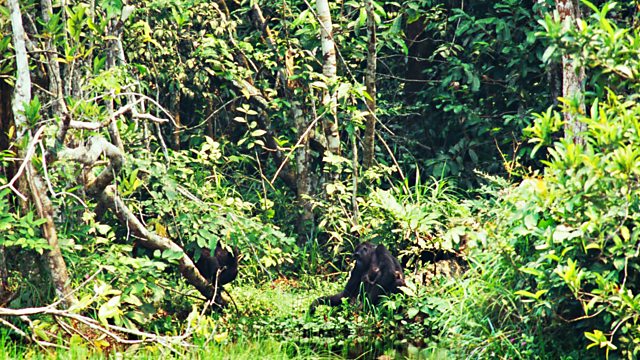
Biodiversity in crisis
Can we halt global biodiversity loss and still allow for economic development? And we ask how do trillions of individual cells work together to build our bodies?
This week’s UN biodiversity assessment paints a grim picture for species loss worldwide. However scientists are looking at ways to ensure conservation can be done in a way that works with economic development. We focus on examples from Africa.
Africa is well known for its conservation work with large animals – but what about peat bogs? Recently discovered in the Congo region is a bog containing 3 times the amount of carbon emitted by the entire world in a year.
Our bodies are made of cells, tens of trillions of cells. They all have particular roles and functions in the body, from digesting food, to producing hair, to hunting down pathogens. But all of this incredible complexity started as just a single cell.
Gila, from Israel, asked us to find out how the development of incredible structures, and systems in the body are coordinated by the cells. Are cells communicating? How do cells know what they should be doing?
(Picture: Gorilla in the jungle in Congo. Credit: iStock / Getty Images Plus)
Last on
More episodes
Next
Broadcast
- Sun 12 May 2019 15:06GMT����ý World Service News Internet
Podcast
-
![]()
Unexpected Elements
The news you know, the science you don't

